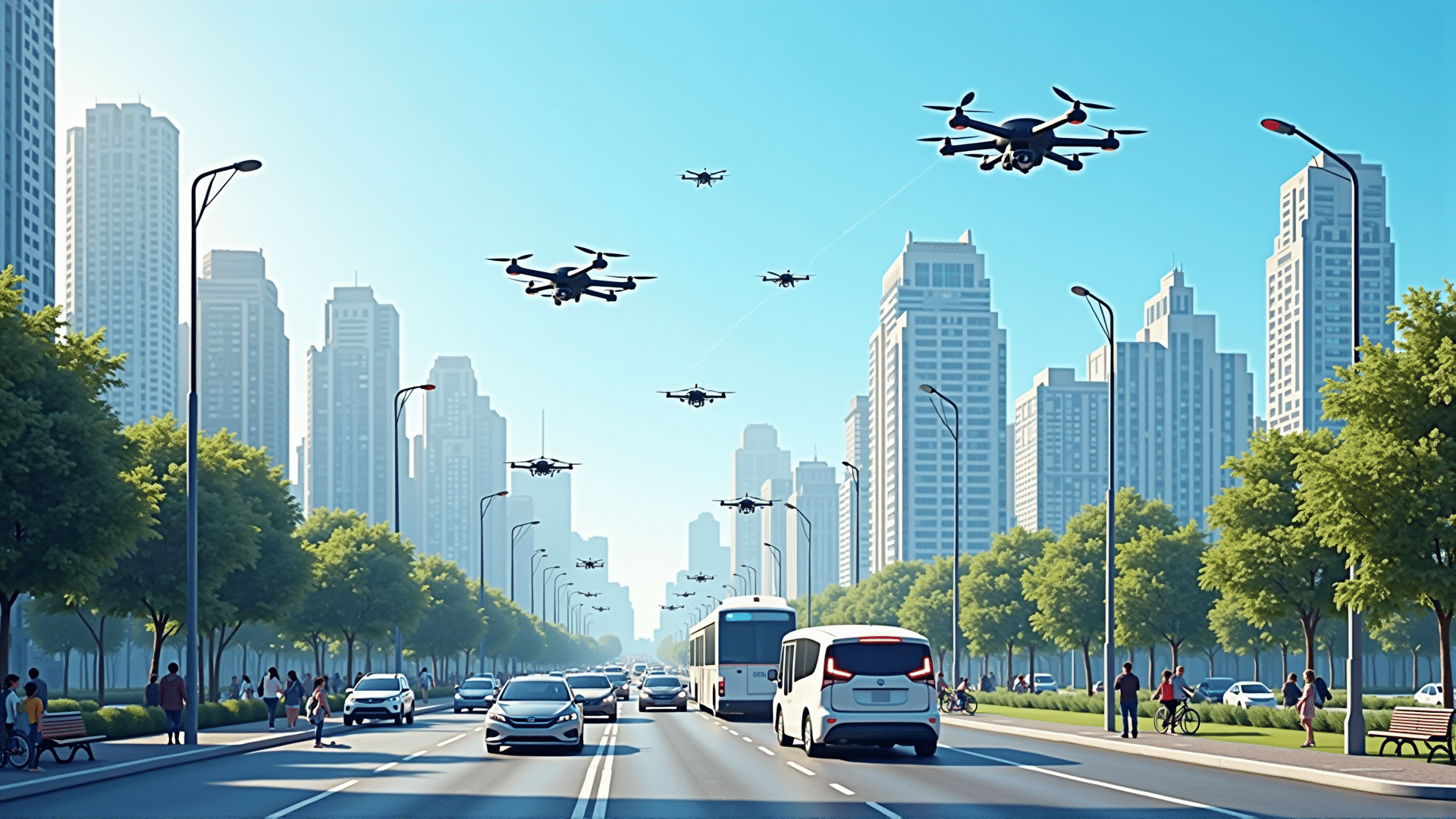In recent years, urban development has increasingly been intertwined with technological advancements. Among these advancements, the Internet of Things (IoT) has emerged as a powerful force in transforming cities into smarter, more efficient environments. By interconnecting everyday objects to the internet, IoT allows for seamless data collection and communication, thereby helping cities to address various challenges and improve the quality of life for their residents.
One of the most significant ways IoT is reshaping urban areas is through enhanced connectivity with telecommunication networks. These networks serve as the backbone for IoT devices, enabling them to transmit data quickly and reliably. This infrastructure is crucial for implementing smart solutions throughout the city—ranging from transportation and energy management to waste collection and public safety.
In transportation, IoT technologies are employed to alleviate congestion and reduce commute times. Traffic sensors and connected vehicles can communicate with each other to optimize traffic flow and signal timings. In smart public transport systems, real-time tracking bolsters efficiency, providing passengers with up-to-minute updates and enabling more responsive scheduling.
Energy management is another area where IoT is making a substantial impact. Cities can utilize smart grids and meters that communicate with homes and businesses to optimize energy distribution and consumption. This results not only in more efficient energy use but also contributes to sustainability efforts by reducing unnecessary energy expenditure.
Waste management is revolutionized by IoT through intelligent bins that alert collection services when full, thereby improving the efficiency of waste collection routes. This reduces both the time and fuel spent on waste disposal and contributes to cleaner urban environments.
Public safety services are becoming quicker and more effective with the adoption of IoT devices. Surveillance cameras equipped with smart sensors can detect incidents in real time, allowing for faster response times. Moreover, connected fire hydrants and alarm systems ensure a more proactive approach to emergency situations, enabling faster reaction and resource deployment.
The gathering and analysis of environmental data through IoT can also assist cities in monitoring pollution levels, identifying various environmental hazards, and planning for better air quality. Sensors that measure air and water quality feed information to city administrators, helping them make informed decisions to improve public health.
The future of urban development lies in harnessing the potential of IoT and its synergy with telecommunication infrastructures. Cities that adopt these advanced technologies can expect not only improved operational efficiencies but also a higher standard of living for their inhabitants. As these innovations continue to evolve, they will play a crucial role in shaping sustainable, resilient, and smarter urban landscapes.
